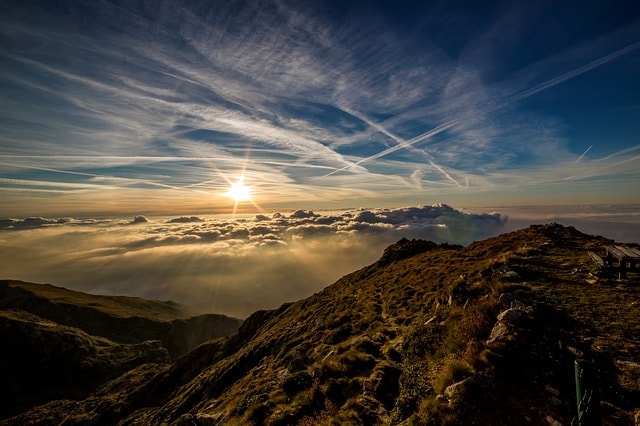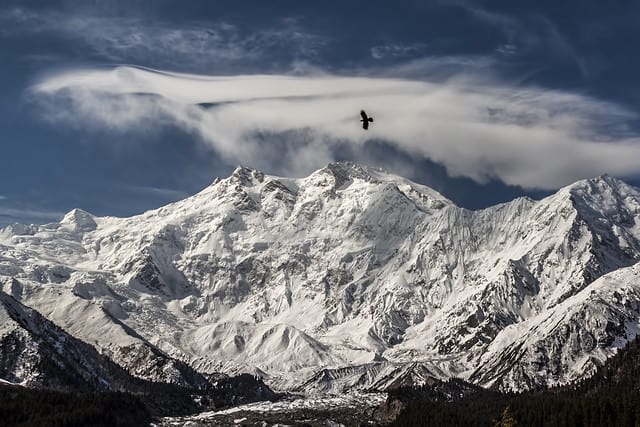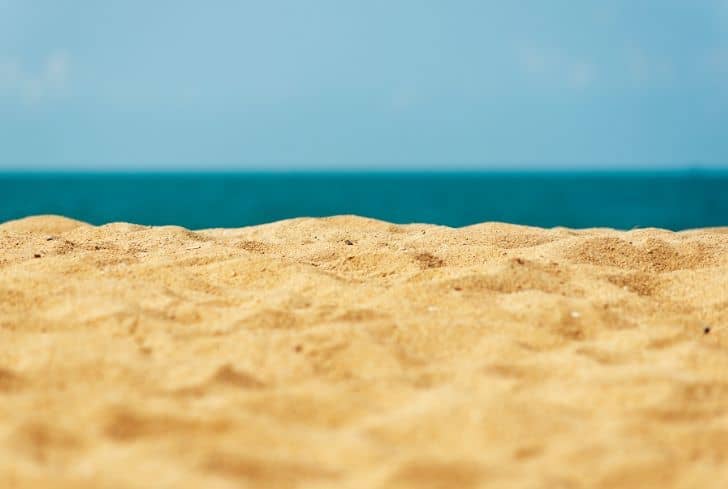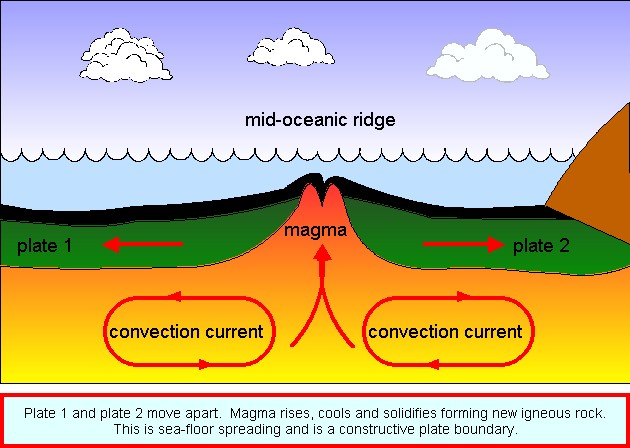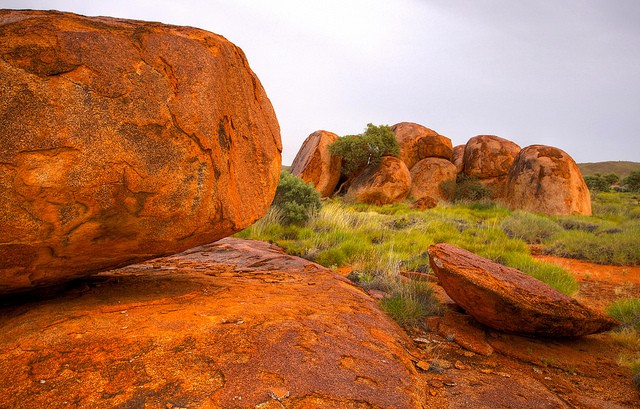What is a Delta Landform: Formation and Types of Delta
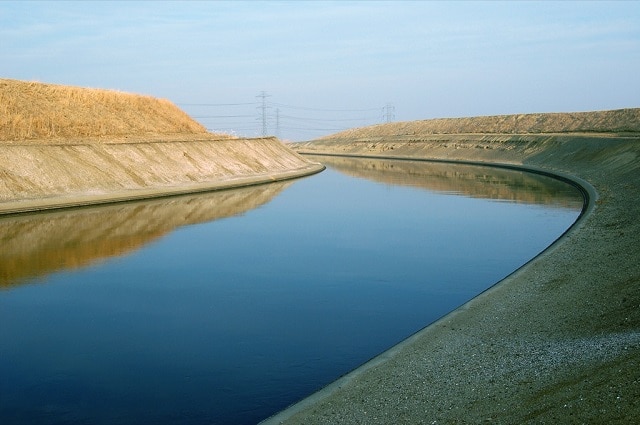
A Delta is one landform that has a rich history and a wealth of benefits. Since the start of civilization, humans have settled along rivers and subsequent delta formed by them. The sediment carried along and deposited by huge flowing rivers creates an area rich in nutrients and ideal for agriculture and fishing. So, what is a delta and why does it attract settlements around it?
A delta landform is a sophisticated depositional feature that typically occurs at the mouth of a river. By definition, the mouth of the river is where the river drains into a water body such as lake, ocean or sea, leading to reduction of the rivers capability to transport sediment any farther. Deltas can stretch out into the sea and span hundreds of kilometers across. They are made up of a wide range of coarse to fine alluvial matter and are typified by a sophisticated criss-cross network of distributaries. For a delta to form, the rate of deposition must exceed the rate of sediment removal.
How is a Delta Formed?
The formation of a delta must start with the flow of a river. Every river on the surface of the earth flows from its source to its mouth under the natural force of gravity. As the river enters the sea or ocean, and the current is no longer restricted to the channel, it opens out, loses momentum and ultimately stops. The reduction in velocity of the current makes the river incapable of transporting sediment farther.
Deposition of sediment occurs at this time. While deposition of sediment takes place, a series of small channels known as distributary channels develop, instigating a gradual build out of the shoreline. The landform created is known as a delta. When the rivers transporting the sediment are smaller, and their currents weaker, the forward movement of the river may stop instantly upon reaching the sea or ocean.
This mainly occurs when the river drains into an area filled with strong wave activity. If a river drains in an area with strong waves, no delta will develop. Larger rivers, on the other hand, always possess some current for several distances to the final destination, resulting in the creation of a massive delta.
As the flowing river reaches its final destination (lakes, ocean or sea), deposition of sediment takes place according to size of the grain. The first to be deposited is sand, which is the coarsest sediment. Since sand is the coarsest, it’s deposited close to the mouth of the river. The finer sediment (silt, fine sand, and clay) is deposited next. The outcome is a unique series of layers called topsets, foresets, and bottomsets.
As the name suggests, the topsets are the topmost layers. They consist of the coarsest sediment making up the section of the delta above sea level.
The foresets encompass fine sand, which eventually culminates to silt and clay accumulated in layers slanting towards the sea or ocean.
Bottomsets consist of clay particles transported farther into the sea where they form horizontal layers. While this series of deposition occur laterally with growing distance from the shoreline, the delta grows further into the sea or ocean. As the delta grows further into the sea, the bottomsets are covered by a new set of foresets. The foresests are subsequently covered by a new set of topsets as sediment accumulates, and the cycle continues.
The outcome of the sequence above is a unique feature of deltaic deposits. The entire series of topsets, foresets, and bottomsets offers a precise representation of a delta system. Large marine deltas are typically a lot more sophisticated, depending upon whether wave action, the tides or the river itself plays the most significant role. Where deltas are dominated by streams, the sequence of deposition remains powerful, and distributary channels develop farther into the sea. These kinds of deltas are referred to as bird’s foot deltas due to the look of the series of channels stretching into the sea.
A typical example of a bird’s foot delta is the Mississippi Delta. In wave-dominated deltas, the distributary channels do not extend much longer out into the sea; instead, the action of the waves transform their sediment into barrier islands sloping perpendicular to the direction of the sediment flow. This kind of delta is a lot more solid and mimics the shape of a triangle. A typical example of a wave-dominated delta is the Nile Delta in Egypt.
3 Main Types of Delta
-
Arcuate or fan-shaped delta
Arcuate is the most common type of delta. It’s a curved or bowed delta with the convex margin facing the sea. Arcuate deltas have a smooth coastline due to the action of the waves and the way they are formed. The eventual shape of the Delta pretty much depends on the amount of water and sediment transported by the river and the speed of the water. The strength and velocity of the currents, tides and sea waves are also vital to the shape of the delta.
A Proper Arcuate Delta needs strong currents, tides, and waves in the sea to form. It also requires lots of sediment. The sediment (mainly sand and gravel) exist across all the distributaries. However, the strong waves constantly push it back resulting in a smooth coastline. Examples of Arcuate Delta include Nile, Rhode, and Indus.
-
Cuspate delta
These are vaguely shaped kinds of deltas mimicking a V shape and with curved sides. Cuspate deltas occur when a river flows into a stable water body (sea or ocean), and the sediment brought along collide with the waves resulting in an even spreading out of sediment on either side of its channel. An example of a Cuspate Delta is the Ebro Delta found in Spain.
-
Bird’s foot delta
A bird’s foot delta falls under the umbrella of river-dominated deltas. It’s a kind of delta featuring long, stretching distributary channels, which branch outwards like the toes or claws of a bird. Sediment-rich rivers are capable of forming this kind of delta. Deltas that are less subjected to wave or tidal action culminate to a bird’s foot delta. An example of a bird’s foot delta is the Mississippi River Delta.
Like any other landform, deltas impact humans in many ways. They impact humans positively by providing rich and fertile land for agriculture. Deltas are also known to be good fishing grounds offshore as different fish species love the abundance of nutrients brought along by the flowing river. For example, the Ganges delta in Bangladesh supports over 300 million people. Agriculture and fishing are the main economic activities supporting humans in the area. Scientists have set up fish farms to cater to the poor. The major types of fish farmed in the Ganges Delta are salmon, and shrimp, with a large percentage of the fish, is exported.
Deltas also have some negative impacts. They consist of unconsolidated and unstable sediments and are prone to channel migration and subsidence of the ocean or sea. Also, the fact that deltas are flat, they render the surrounding land high-flood-risk area. In 1998, for example, the Ganges delta flooded the surrounding lands killing more than 1000 people and rendering over 30 million homeless. The rice crops commonly grown in the area was also destroyed, leaving the population on the brink of starvation.

